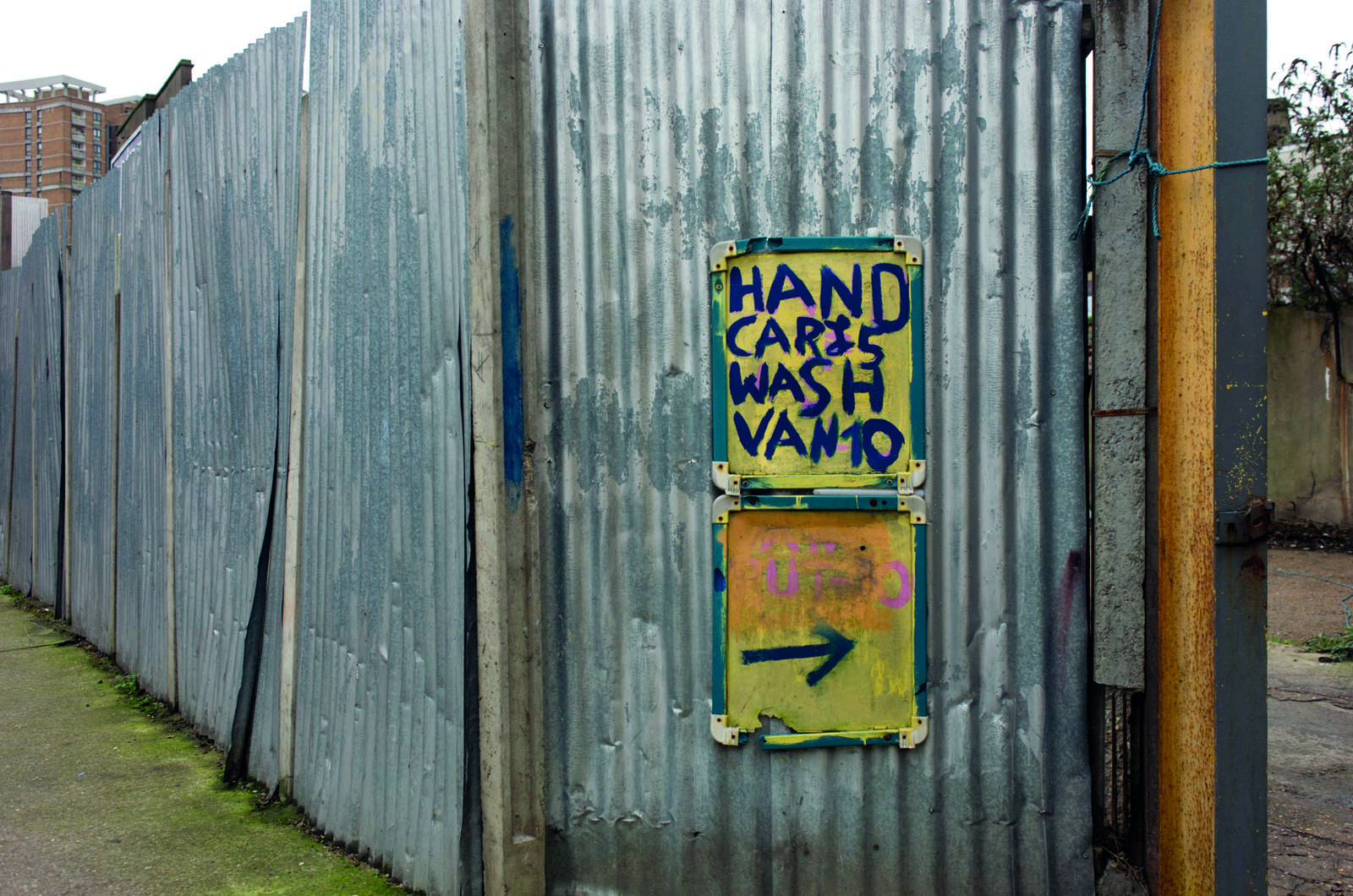What is the best policy for booze in the workplace?

Do you have a policy on alcohol in the workplace? If you don’t then you are hardly unusual as most British companies either don’t have anything written at all, or they swing the other way and have an absolute zero-tolerance policy… which may or may not be enforced.
However, you should have a policy in place and have the means to enforce it. As the trend for fines for corporate manslaughter and injury continues to significantly increase across the UK, the emphasis on employers to operate strong and effective health and safety policies and practices has never been more vital.
KNOW THE LAW
Aside from drugs and alcohol costing British businesses in excess of £6 billion per year in lost productivity, under the Transport and Works Act 1992 it is a criminal offence for any worker to be unfit to operate due to drink or drugs and employers must show due diligence to prevent such offences from occurring in the workplace.
Laws that relate to drink- driving are of special interest to motor factors or any other business that has a van fleet. Don’t forget that limits vary within the UK with England, Wales and Northern Ireland having the highest permitted limit of 35 micrograms per 100ml of breath, compared to Scotland’s reduced limit of 22 micrograms, which is in line with the majority of the rest of Western Europe.
BEST PRACTICE
Of course, these limits are perhaps moot if your company has an absolute zero policy on alcohol. However, such a policy might not actually be the best plan. Suzannah Robin, a Director at breathalyzer maker AlcoDigital said: “One of the first steps in setting best practice policy is deciding a company alcohol limit. There will be many factors determining what this should be and it will very much depend on your business operations, however, we would always recommend that an employer sets the limit below the current legal drink-driving limit rather than at a dead zero”.
“Whilst zero may sound like a target every business should be aiming for, it can also cause issues where there may be discrepancies in results, caused by things such as liquor in chocolates or alcohol in medicines. Instead, using a scale of differing limits to determine the next steps an employer should instigate in the event of a positive alcohol test will provide staff with a clear set of rules and help to avoid any unjustified gross misconduct disciplinaries” she added.
EVIDENCE
If a company intends to screen staff on a regular basis it can use a Home Office approved breathalyzer. However, should a screening test reveal a positive result, a company will be obliged to re-test the employee.
Of course it isn’t just about the type of equipment being used, but also how the procedure is carried out and followed through. This means making sure staff implementing alcohol workplace policy have the sufficient training to perform such tests fairly and effectively. Robin explained: “If an employer does not follow best practice policy this can cause issues further down the line, particularly if an employee has tested positive for alcohol. Therefore, professional and reliable training is absolutely crucial for those being assigned to implement alcohol testing policies in the workplace.”











Go to comments